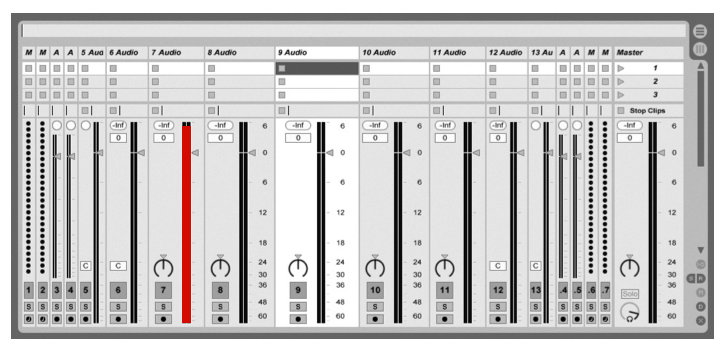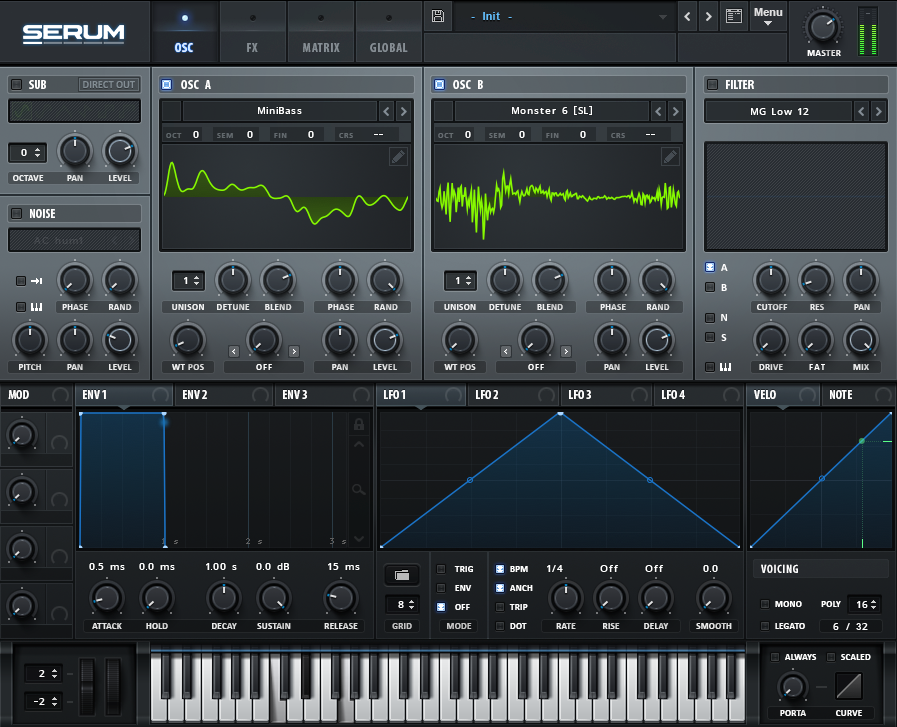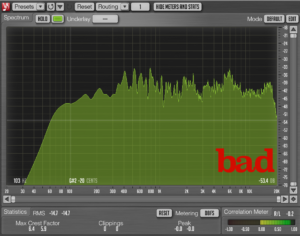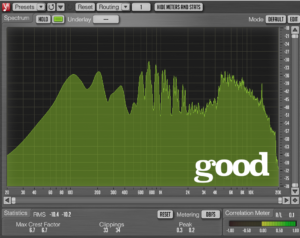 I get asked and see people ask on the forums whether it’s safe to drive channels red in a DAW. Some people say yes, some say no. Well, here’s the fact:
I get asked and see people ask on the forums whether it’s safe to drive channels red in a DAW. Some people say yes, some say no. Well, here’s the fact:
In some DAWs at least, it’s perfectly OK to run the tracks red if the DAW has what’s called a 32-bit floating point engine. This means you can run individual channels as loud as you want as long as the master isn’t hitting red – and it won’t distort/clip.
You should probably check the manual of your DAW if it has info on the abovementioned engine.
Another thing, however, is running the signal red between plugins; that in general should be avoided (as some plugins can’t handle loud input levels very well). Proper gainstaging never hurts; every time I want to keep the level at bay (especially on the master), I use VU Meter by Hornet Plugins.




